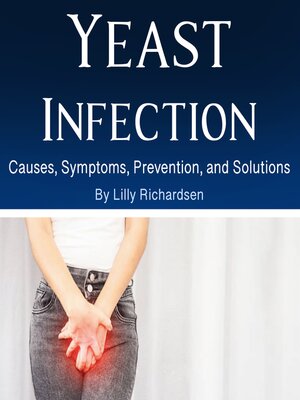Yeast Infection
audiobook (Unabridged) ∣ Causes, Symptoms, Prevention, and Solutions
By Lilly Richardsen

Sign up to save your library
With an OverDrive account, you can save your favorite libraries for at-a-glance information about availability. Find out more about OverDrive accounts.
Find this title in Libby, the library reading app by OverDrive.



Search for a digital library with this title
Title found at these libraries:
| Library Name | Distance |
|---|---|
| Loading... |
Yeast infections are a common and often uncomfortable condition caused by an overgrowth of yeast, a type of fungus that naturally resides in the human body. While yeast is typically harmless in balanced amounts, certain conditions can trigger an overproduction, leading to infection. The most common culprit behind yeast infections is Candida albicans, though other species of Candida can also be responsible. This chapter explores what yeast infections are, their various types, and the role of Candida in the human body.
A yeast infection occurs when the natural balance of microorganisms is disrupted. In a healthy body, bacteria such as Lactobacillus help keep yeast levels in check. However, factors like antibiotic use, hormonal changes, a weakened immune system, and high sugar intake can upset this balance, allowing yeast to multiply rapidly. The most well-known type of yeast infection is vaginal candidiasis, affecting a significant number of women at some point in their lives. Symptoms typically include itching, burning, redness, swelling, and a thick, white discharge. Although vaginal yeast infections are the most common, yeast infections can also affect other parts of the body, including the mouth (oral thrush), skin folds, and the digestive tract.
Yeast infections are not limited to women; men and children can also be affected. Oral thrush is particularly common in infants and individuals with compromised immune systems, such as those undergoing chemotherapy or living with HIV/AIDS. Skin yeast infections often occur in warm, moist areas like under the breasts, in the groin, or between toes, leading to red, itchy rashes that can be difficult to manage without proper treatment. In severe cases, yeast infections can become systemic, affecting internal organs and becoming life-threatening, though this is rare and usually occurs in individuals with severely weakened immune systems.







